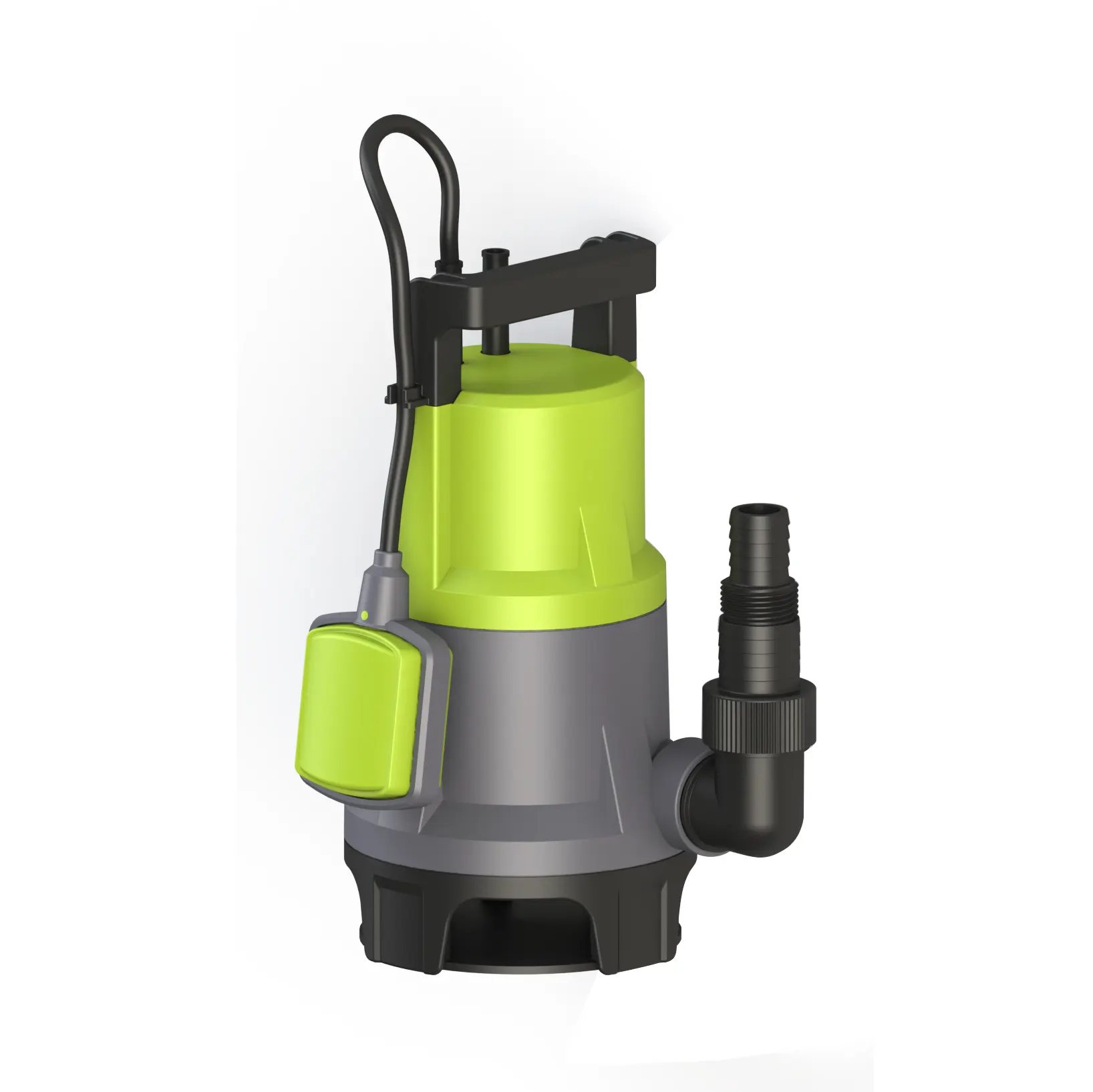The working principles of Water pump
2025-05-16
A water pump is a mechanical device used to move water from one location to another. It works based on one of several principles, depending on the type of pump. Here's a breakdown of the most common working principles:
1. Centrifugal Pump (Most Common for Water)
Working Principle: Centrifugal force
How it works:
A motor drives an impeller (a rotating disk with vanes).
As the impeller spins, it draws water into the center (eye) of the impeller.
Water is then flung outward by centrifugal force to the edges of the impeller.
This increases the water's velocity and pressure, pushing it through the pump outlet.
Used for: Residential water supply, irrigation, industrial water systems.
2. Positive Displacement Pump
Working Principle: Mechanical displacement of water
Types include reciprocating (piston/plunger) and rotary (gear, diaphragm) pumps.
How it works (example: piston pump):
A piston moves back to create a vacuum inside the chamber.
Water enters through an inlet valve.
The piston then moves forward, pushing water out through an outlet valve.
Used for: Precise flow, high-pressure applications, and viscous fluids.

Working Principle: Same as centrifugal or positive displacement, but submerged in water
How it works:
Entire pump is placed underwater.
It pushes water to the surface (rather than pulling).
Often used in wells, boreholes, or sumps.
Advantages: Efficient, avoids priming, and prevents pump cavitation.
4. Jet Pump
Working Principle: Venturi effect and centrifugal force
How it works:
A jet of water is forced through a nozzle, creating a vacuum.
This vacuum draws additional water into the system.
Then, the combined flow is pushed out under pressure.
Used for: Deep well water lifting, irrigation.
If you are interested in our products or have any questions, please feel free to contact us and we will reply you within 24 hours.